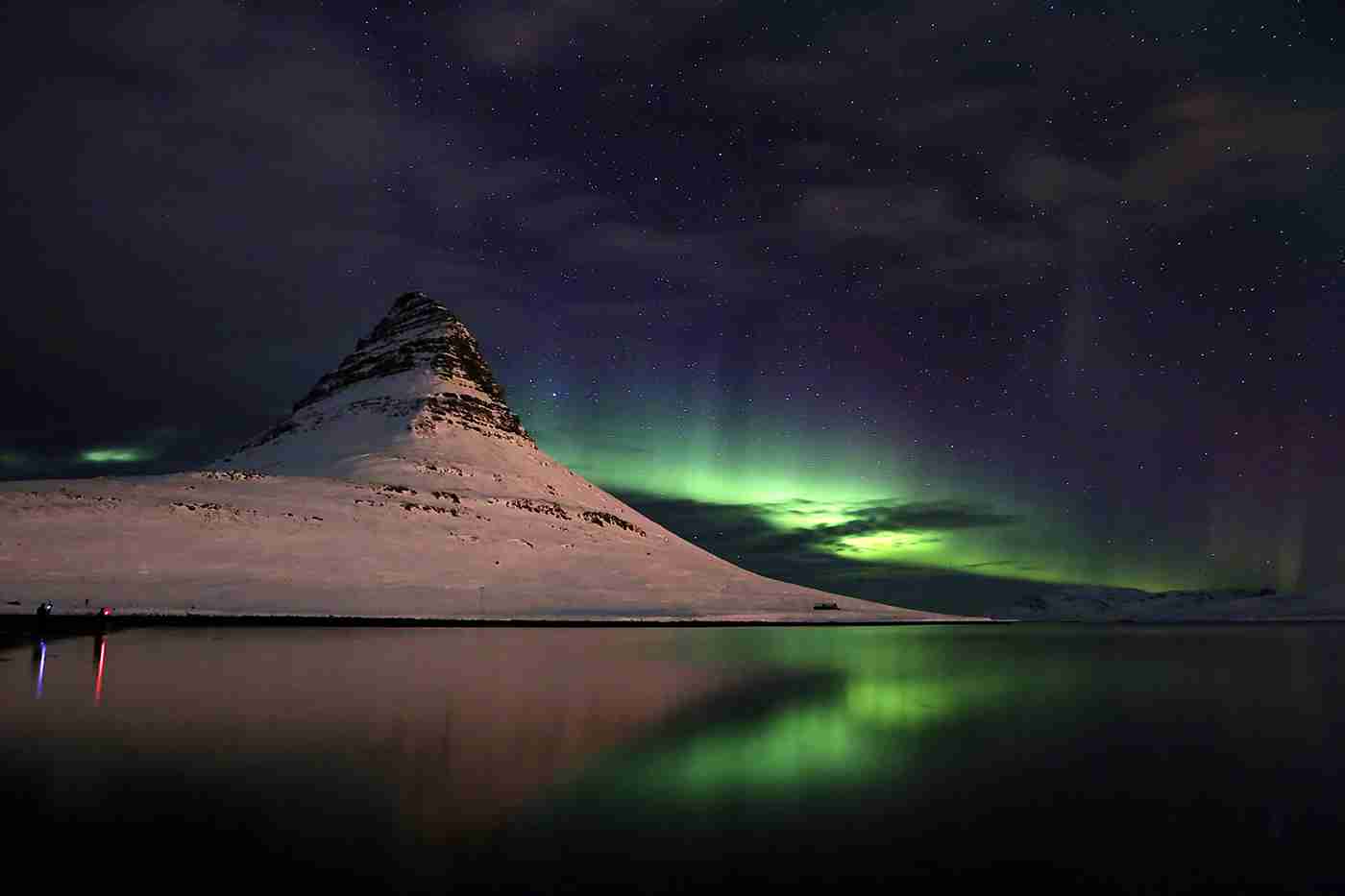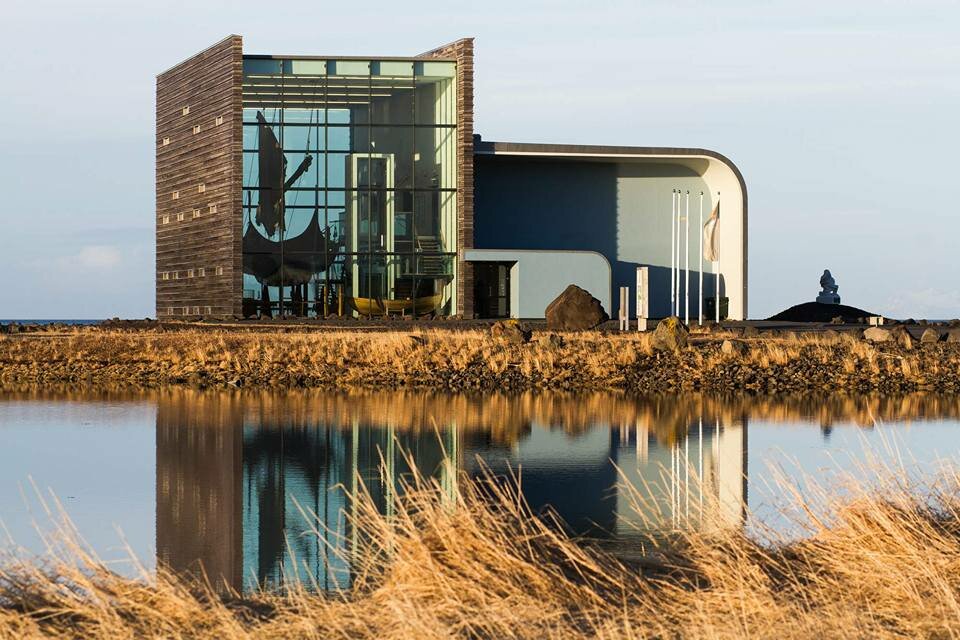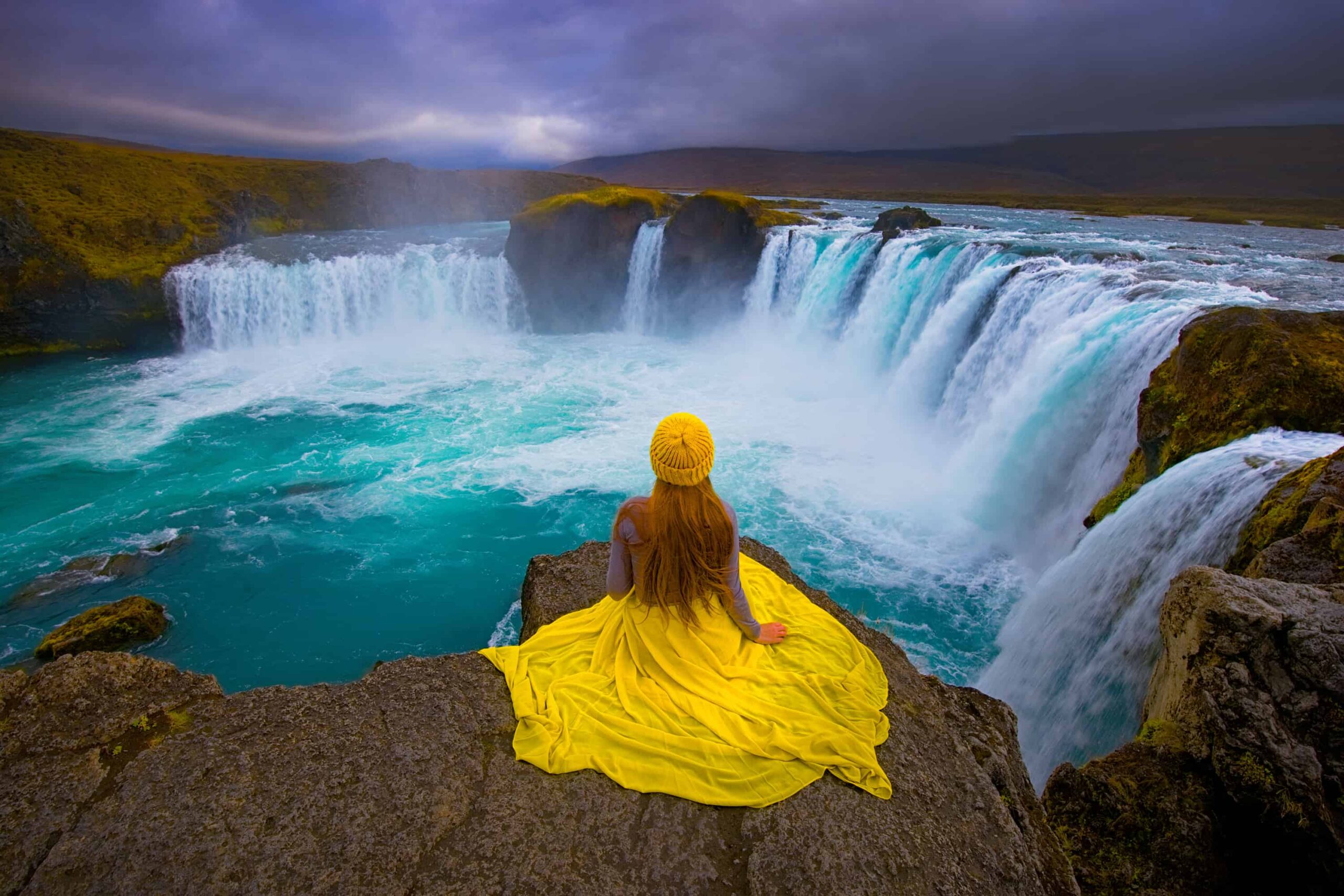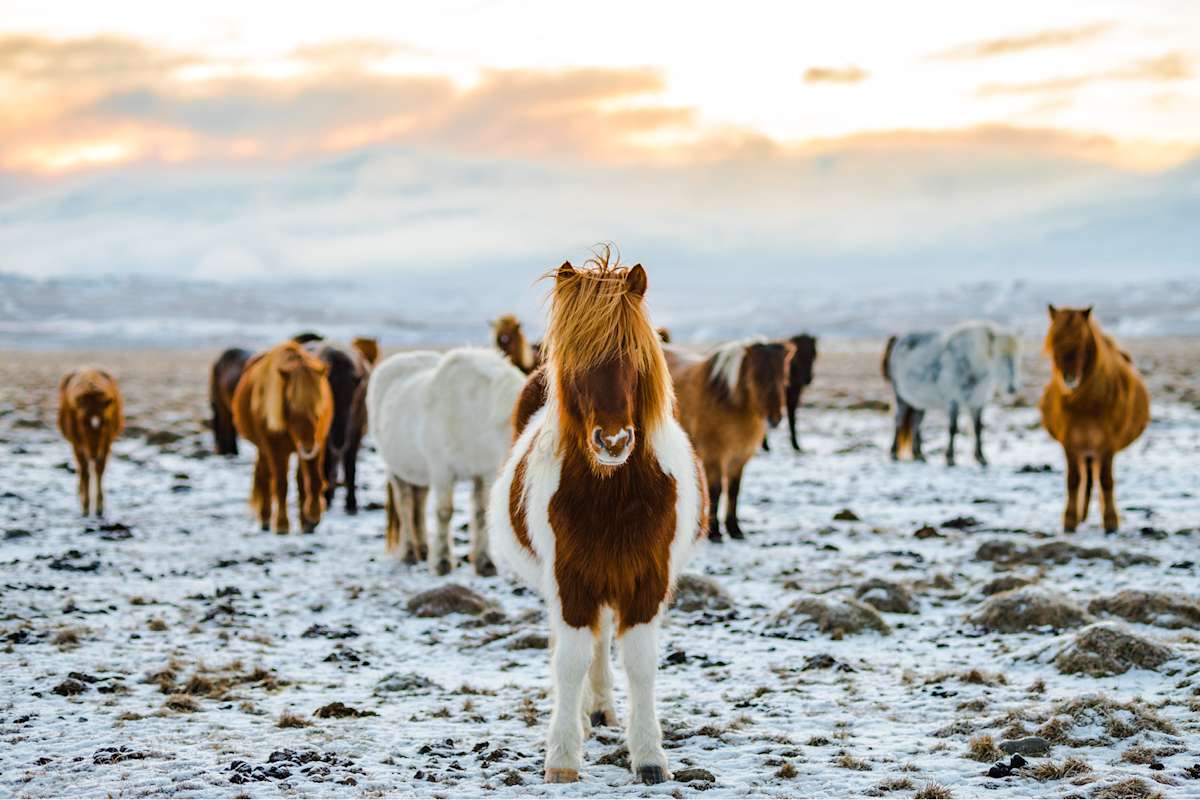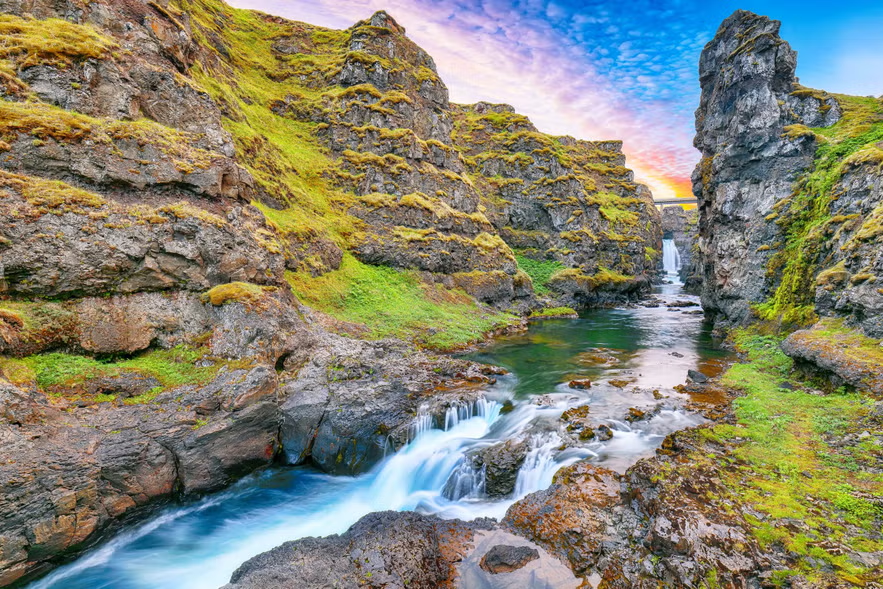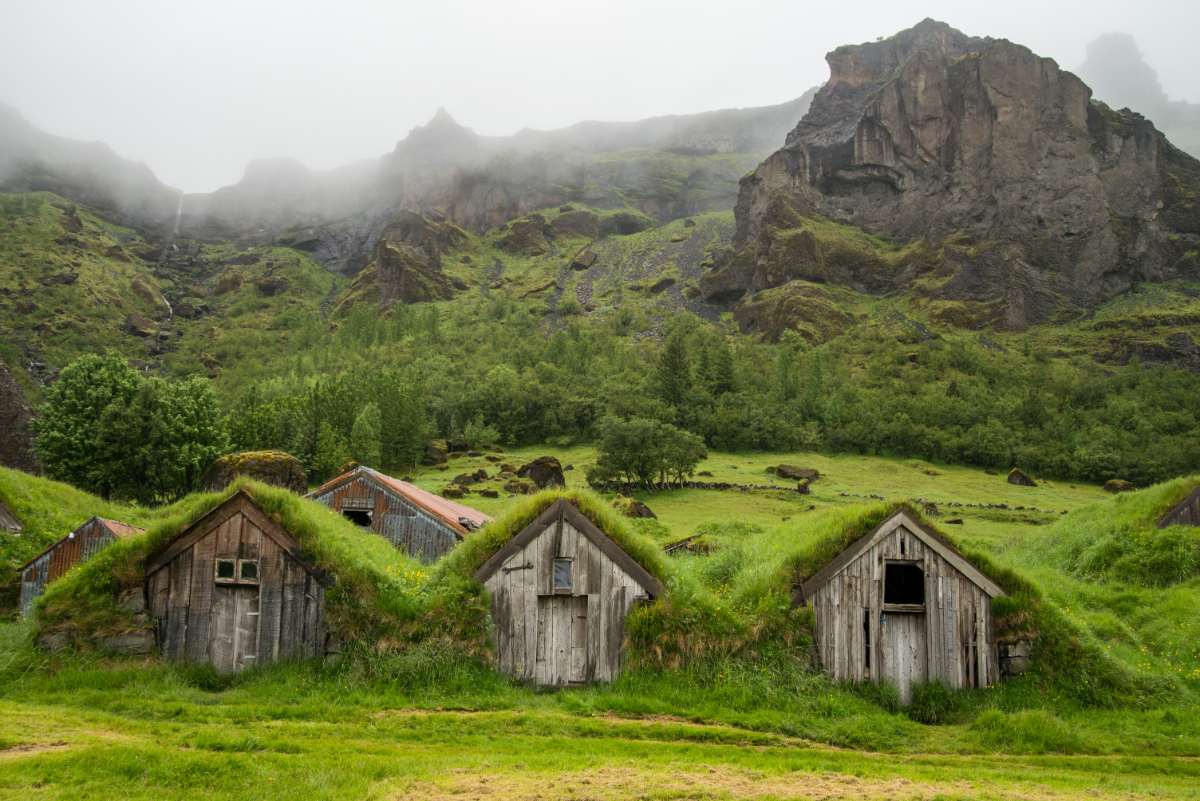Sacred Geothermal Sites and Their Folklore
Category
Categories
Travel Guide
Type
Glacier Lagoons, Bird Sights
Destination
Vatnajokull national Park
High season
Jun - Aug & Nov - Jan
Area
18 sq km
Outflow
Atlantic Ocean
Popular articles

Introduction:
Iceland, often hailed as the Land of Fire and Ice, is a place of raw, untamed beauty where mother nature serves as the ultimate architect. A land shaped by the stark contrast of scorching volcanoes and icy glaciers, this Nordic Island country boasts breath-taking landscapes with an incredibly diverse geological palette. Steaming geothermal sites, known locally as “hverir”, are among the nation’s most remarkable natural assets, each bringing its own sensory experience, folklore, and history. They represent a unique blend of beauty, otherworldliness, and the incredible power of nature. Picture aqueous mists rising above hot grounds, the tang of sulfur invading your nostrils, your bare skin tingling from the hot springs while your breath turns visible in the crisp, cold air. This is the Icelandic geothermal site – an exceptional natural spectacle that awakens all the senses.
Top Locations/Experiences:
1. The Great Geysir:
Situated in the Haukadalur valley, the Great Geysir is an eminent geothermal wonder admired for centuries. Producing a powerful surge of steam and water as high as 60-80 meters high, the Great Geysir has shaped the very words we use to express natural springs worldwide: geyser. Even in its quiet moments, the Great Geysir is an unforgettable sight, with a pristine blue pool nestling in its center, framed with colorful mineral deposits, and surrounded by lush green moss.
Historical Significance: The Great Geysir has captured the imaginations of onlookers for centuries, with its first documented accounts dating back to 1294. Its significant geological importance is tied inextricably to the seismic activity that constantly forms Iceland’s ever-changing landscape.
Travel Tips: Pack your best waterproof gear as witnessing the spectacular eruptions of the geyser can be a slightly wet affair. Visit during the daytime to photograph the perfect moment when the geyser erupts from the ground. Plan your visit in the spring or summer to enjoy nearby attractions such as Gullfoss waterfall and Þingvellir National Park.
2. The Mývatn Geothermal Area:
Captivating and oddly majestic with its otherworldly atmosphere, the region around Lake Mývatn is a hub of active volcanism and geothermal activity. With heated lagoons, peculiar lava formations, and crusty craters filled with brilliant turquoise waters, Mývatn is a visual testament to Iceland’s volcanic nature.
Historical Significance: According to Norse mythology, the surrounding lava pillars were formative trolls caught out in the daybreak. Marvel at these grotesque formations formed thousands of years ago during a large basaltic lava fountain eruption.
Travel Tips: Visit the Mývatn Nature Baths, the North’s answer to the Blue Lagoon, for a blissful dip in mineral-rich waters with therapeutic properties. Explore the area by hiking around the outskirts of the stunning Hverfjall volcano.
3. Geothermal Fields of Reykjanes Peninsula:
A thermal wonderland located near Reykjavík, the Reykjanes Peninsula offers a landscape teeming with smoking volcanic fissures, pastel-colored hills, and vibrant blue hot springs. Its lunar-like landscapes have fascinated NASA for years, and the Apollo program astronauts trained here to prepare for their moon landing mission.
Historical Significance: Bathing in geothermal springs has been a staple of Icelandic life since settlement times due to their beneficial effects on health and wellness. Moreover, the Reykjanes Peninsula serves as a tangible reminder of Iceland’s ongoing volcanic activity.
Travel Tips: Don’t miss the chance to walk between two continents at the bridge connecting the Eurasian and North American tectonic plates. Revel in the healing azure waters of the famous Blue Lagoon, one of the world’s most recognized geothermal spas.
Cultural and Historical Significance:
Geothermal energy has played a profound role in Icelandic life since ancient times, from the purifying steam ceremonies of pagan days to the modern usage of geothermal heat for homes and greenhouses. It has also shaped the island’s ecological and geological traits, making it a paradise for the scientific community.
Even in myths and narratives, there’s a sprinkling of magical elves and hidden people who are thought to inhabit hot springs and other natural sites. Such folklore reflects the unique connection Icelandic society has with the elemental power of their landscape.
Conclusion:
To experience Iceland’s geothermal sights is to witness the creative and destructive forces of nature at play. It’s not just about visiting these sites; it’s about immersing yourself in the energy they exude, appreciating their cultural significance, and marveling at their raw beauty. Venture beyond the realm of ordinary and challenge yourself to indulge in Iceland’s transcendent attraction. There’s something profoundly humbling yet invigorating about witnessing these geological wonders firsthand – it’s like tapping into the pulse of our ever-dynamic planet. So, why wait? Pack your backpacks, assemble your travel plans and embark on a journey to understand the life-altering mystery and enchantment that Iceland’s sacred geothermal sites inspire.

